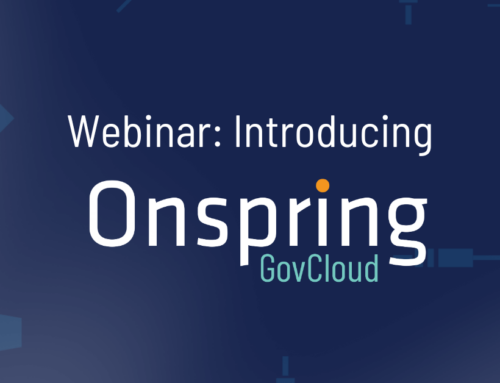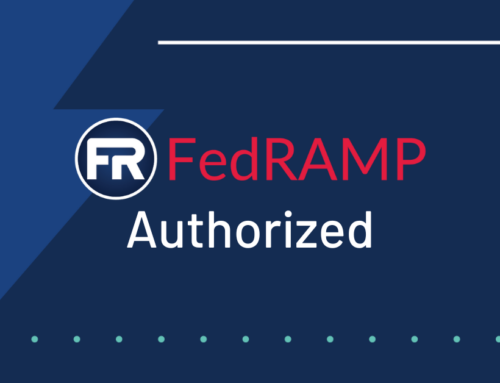Preparing a business continuity & disaster recovery (BC/DR) strategy
The big question I had to ask myself was this—how do you effectively communicate the positive effects of properly preparing for bad things? I struggled mightily trying to find the right angle to use to express my message. I tried movie examples, real-life storms, made-up events. In the end, everything was still negative and thus detracting from the intended objective of the blog. After a long, personal brainstorming session, I ended up creating my own continuity plan to solve the problem—keep it simple.
Putting Together a BC/DR Plan
Preparing for a disaster is not exactly coveted work—it is, however, essential work. Bad things happen in all businesses; it’s the companies that can overcome adversity that survive and thrive. You might think it’s impossible to put a positive spin on disaster recovery—that’s not true. Dealing with a mishap or outright tragedy is bad enough, but without a proper Business Continuity and Disaster Recovery (BC/DR) plan in place, recovery might be next to impossible.
If you have a comprehensive continuity and recovery plan, you can realistically move forward from almost any type of situation.
First, a couple of basic definitions. BC/DR is two different things that work almost as one; BC is business continuity and DR is disaster recovery. Together—BC/DR—are a set of processes and procedures a company uses to prepare for, avoid, and recover from a disaster. Business continuity plans are usually proactive in their approach and include strategies and measures so an organization can continue functioning in the face of future challenges. Disaster recovery—DR—is the steps and procedures an organization must follow to get back on track after an “incident,” whatever it might be. The disaster recovery plan is specifically used to get everything back up and running—from IT to other small hardware failures and whatever else might be affected by an incident within the company. The scope of the definition is broad, but that’s on purpose. Planning for a disaster has to be wide-ranging and encompass almost anything that will stop an organization in its tracks.
Like any other part of your business, the BC/DR plan should be a living entity—keep it alive, make updates as needed, and constantly (set a workable time frame) make assessments on its workings. The following list of BC/DR items isn’t definitive by any means, but it is a good starting point when putting together a BC/DR plan.
Have a contingency plan—for everything.
- Backup, backup, backup. Have a backup plan for your backups. If you have a data center, use one offsite from your office location.
- When your system goes down, make sure you can still communicate. Have a complete communication plan—employee cell phones to be used should be listed with other alternate communication options.
- Make sure all important and strategic company secrets are legally protected.
- Set a timeline for each possible disaster or recovery event. Determine how long or short downtime can last before a negative impact starts.
- Take photos of everything when putting the plan together. You never know what might be damaged or stolen.
- Protect your organization’s data from theft or corruption.
- Schedule constant monitoring of all pieces of the BCDR plan. As your business evolves, your plan also needs to be updated.
The Right BC/DR Solution
What can BC/DR software do for your company do for your business? A lot, so let’s take a look. After you initially put together a BC/DR plan specifically for your company, when implementing it with Onspring you can leverage it to work at its best in any capacity. Specifically, our BC/DR solution can:
- Empower you to define the standards that drive your business impact analyses.
- Capture all aspects of your continuity and recovery plans, including ownership, scope, critical asset relationships, and key team members and stakeholders.
- Define and assign the key tasks that must be performed upon plan activation.
- Use the platform’s automation capabilities to automatically launch tasks when a plan is activated, alert the individuals responsible for executing each task, manage task execution results against established SLAs, and monitor overall execution status.
- Outline plan testing programs, schedule and execute periodic tests of plan effectiveness, identify resulting issues, and manage them through completion.
On top of everything Onspring can do to make your BC/DR highly effective, there’s one big feature that makes the solution resonate with all BC/DR plans and companies: The dashboard and reporting capabilities tie the entire program together by providing insight into the overall status and performance of the elements in your business resilience program.
Get Ready, Stay Ready
Good planning takes time, effort, research, and the willingness to understand what the end result needs to be. BC/DR plans can be a difficult task to undertake and complete—and for the most part, it’s something you hope you never need. But if they’re prepared properly to meet and help regulate the possible adversities your company could face, the positive effects for your organization will be greatly enhanced.
About the author
Evan Stos
Vice President at Onspring
15 years GRC experience






